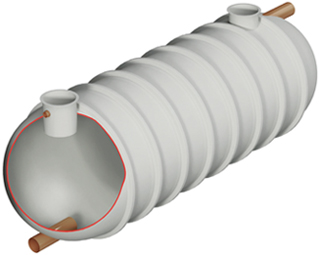A recent breakthrough in the latest, innovative wastewater treatment comes from Din Ping Tsai, a Physicist at the National Taiwan University and quite surprisingly, the main component for this discovery are your old, unused and unwanted CD’s! That’s right, this new inventive wastewater cleansing treatment is economically friendly as it consists of re-using old CD’s to help purify and eliminate any pollutants.
There is method in the madness
Okay, so it might seem a bit strange how a CD can be used to purify water, so here’s the science behind how it all works.
When exposed to UV light, zinc oxide nanorods become a catalyst, speeding up the breakdown of organic modules like the pollutants that live in sewage. So, the team at Taiwan University have used the surface of the CD to grow these tiny zinc oxide nanorods.
But why have they used a CD? Well a CD is perfect for this as it’s lightweight but durable and can spin very quickly, so when water hits the surface, it spreads across the CD like a thin film. This allows more UV light to pass through easily, therefore speeding up the breakdown process.
The process also involves a system that re-circulates continuously, helping the water to further breakdown any pollutants still remaining.
So, why is it better than what we’re already doing?
This innovation in wastewater treatment has gained a lot of recognition as it has so many benefits. The device is small but hugely efficient as it consumes very little power and yet decontaminates the water more quickly than any other treatment methods have before. While testing the system, the results have proven that after treating half a litre solution of dye for 60 minutes, over 95% of the contaminants had been broken down, which equates to 150ml of waste per minute!
These statistics alone are impressive, but there is also the fantastic recycling opportunity that lies in the palm of our hands. As with over 20 billion CDs being manufactured annually, we can actually start putting them to some use, rather than leaving them discarded around our houses.
Improvements on the horizon
The excitement doesn’t stop there. Moving forwards, Din Ping Tsai and his team from the National Taiwan University are currently working to enhance this process even further. As we speak, there are plans in place to stack multiple treated disks into the device instead of just one, so watch this space to see what happens next…
Go back to








